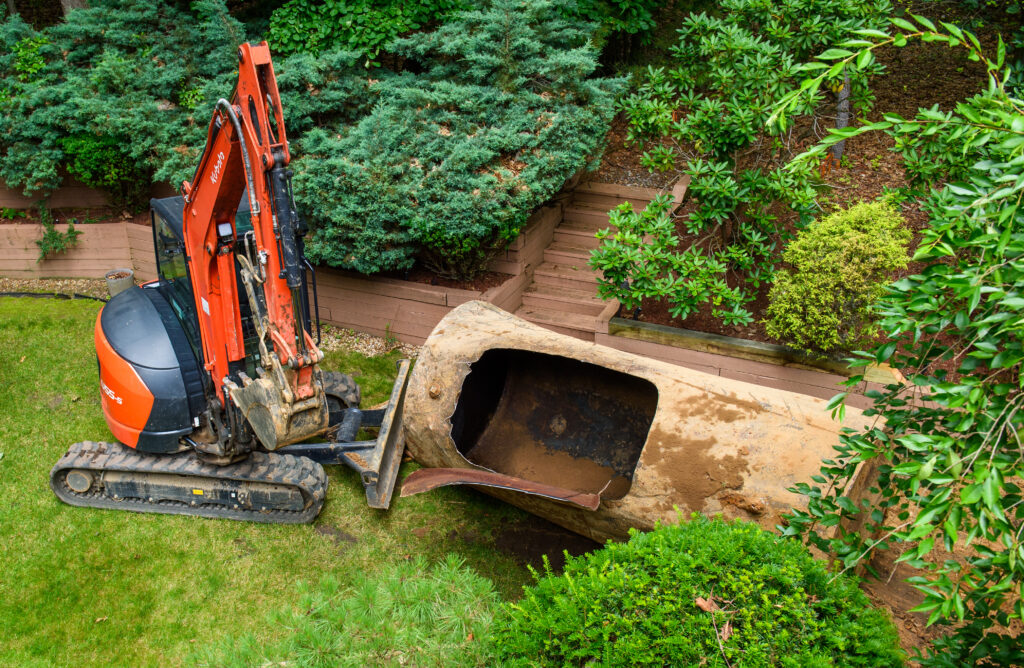Phase II ESA
Phase II Environmental Site Investigation
In-Depth Insight, Informed Decisions
Step 1: Geophysical Investigation (if USTS are a concern)


Step 2: Soil Boring and Temporary Well Installation with Sampling Collection
Following the geophysical investigation, soil boring is initiated to obtain direct subsurface information. This involves the use of specialized equipment to create boreholes in the soil. Temporary wells are installed to facilitate groundwater sampling. Samples are collected from both soil and groundwater to assess the presence and extent of contaminants. This step is critical in understanding the environmental conditions and potential risks associated with the site
Step 3: Laboratory Analysis and Reporting
The collected soil and groundwater samples undergo comprehensive laboratory analysis. This analysis helps identify the types and concentrations of contaminants present. The results are then compiled into a detailed report, providing a thorough assessment of the site’s environmental conditions. This report serves as a crucial tool for making informed decisions regarding site remediation, regulatory compliance, and future development plans.


Risk Assessment and Mitigation Strategies
Our Phase II Site Investigation goes beyond identifying environmental concerns; we prioritize a comprehensive risk assessment to inform strategic mitigation plans. Leveraging the data gathered from soil and groundwater sampling, we meticulously analyze potential risks associated with identified contaminants. Our team of experts evaluates the concentration, extent, and nature of contaminants to develop tailored mitigation strategies.
The risk assessment process involves a thorough analysis of contaminant levels against regulatory standards and potential impacts on human health and the environment. We consider the site’s characteristics, surrounding ecosystems, and the intended land use to provide a holistic understanding of the risks involved.
Simple Tanks Phase II Approach
Collaboration
We work closely with our clients throughout the entire Phase II ESA process. We value your input and actively engage you in our investigation and decision-making processes, ensuring that your needs and concerns are addressed.
Compliance-Centric Solutions
Our team's in-depth knowledge of NJDEP & PADEP regulations allows us to develop solutions that are compliant and reflective of the environmental risks associated with your site. We strive to minimize any potential liabilities while ensuring environmental responsibility.
Timely and Accurate Reporting
We provide detailed reports that are customized according to your needs. These reports clearly outline the contamination risks, mitigation strategies, and any necessary steps for NJDEP compliance. Our aim is to keep you well-informed throughout the entire Phase II ESA process.
